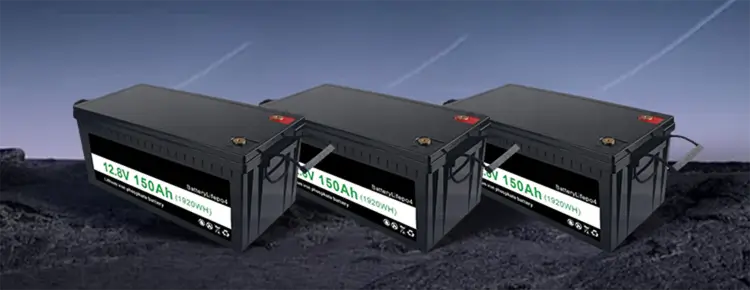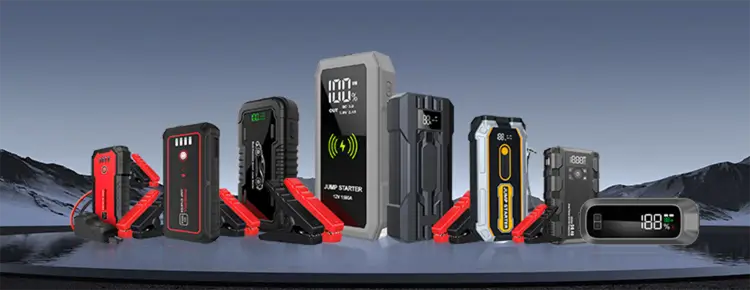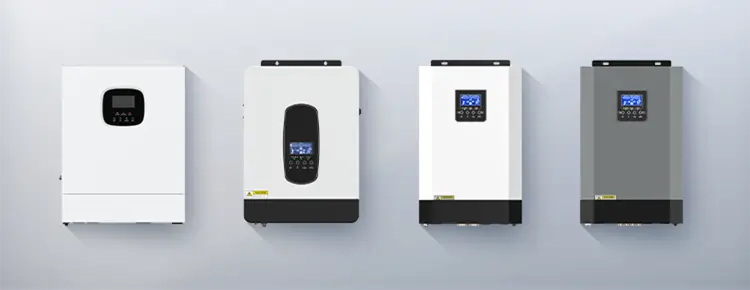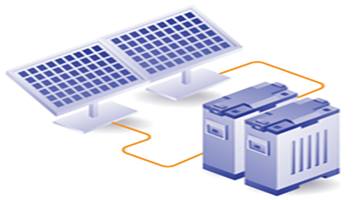



Blog
Hot Category
Latest Blog
06 Mar 2025
Shelley
When humans learn to obtain electricity from the sun, they truly understand the meaning of "sustainability" - it does not rely on constantly innovative technology, but on learning to collaborate with nature again and finding a balance point for coexistence with the earth. Using solar energy to charge batteries, the energy comes from the generous and lazy "energy tycoon" - the sun. The efficiency of solar energy charging lithium iron phosphate batteries is affected by many factors, including lighting conditions, solar panel function, battery capacity, etc.

(1) Solar panel output power
Photoelectric conversion efficiency: The efficiency of monocrystalline silicon panels is 15%-24%, polycrystalline silicon is 13%-18%, and amorphous silicon is 7%-10%.
Actual output power: nominal power * efficiency * light intensity coefficient (about 1.0 on a sunny day, 0.3-0.5 on a cloudy day).
(2) Charging characteristics of lithium iron phosphate batteries
Charging efficiency: Theoretically, it can reach more than 95%, but after system loss, the overall efficiency is about 70%-85%.
Support for fast charging: some models support 1C, but require high power input. For example, Ningde Times' Shenxing Supercharger battery uses 4C fast-charging technology, which can charge to 80% in 10 minutes (range :400 km), but this technology relies on high-power charging piles rather than direct solar charging. Solar charging is less powerful and typically takes hours to days.
(3) Environmental and system losses
Light intensity: directly affects the output power. Rainy days or deviations in light angles will significantly reduce charging efficiency. For example, on cloudy days, the output power of solar panels may drop to 20%-30% of that on sunny days.
Temperature: Low temperature (<0°C) reduces battery activity, high temperature (>45°C) triggers protection mechanisms.
Charge Time(h)=Battery capacity(Wh)/[Solar panel effective power(W)*System efficiency]
Example scenario:
(1) Small equipment (solar street lights)
Battery:12V/40Ah(480Wh);Solar panel:100W Monocrystalline silicon(actual output power 15-24W); System efficiency:70%.
Charge time:480/(24*0.7)≈28.6h(sunny), Taking into account the loss on cloudy days, it can be extended to 35-40 hours.
(2) Electric vehicles (electric bicycles)
Battery:48V/20Ah(960Wh);Solar panel:50W(actual output power 7.5W); System efficiency:75%.
Charge time:960/(7.5*0.75)≈170.7h(daytime), With the energy storage system to store nighttime electricity, it can be shortened to 80-100 hours.
(3) Photovoltaic storage and charging integrated system (home energy storage)
Battery:20kWh LiFePO4; Solar panel:5kW(actual output power 1.25kW), System efficiency:80%
Charge time:20000/(1250*0.8)≈19.2h(Full daylight), If charging only during the day, it takes about 48 hours.
(1) Improve the efficiency of photovoltaic systems: Use MPPT controller to dynamically track the maximum power point and improve power generation efficiency by 10%-15%.
(2) Combining energy storage with intelligent scheduling: The solar storage system stores electricity during the day and releases it at night to balance electricity demand. For example, devices such as Tesla Powerwall can predict the weather, store excess electricity during the day, and release it to the battery at night, shortening the charging time by 30%-50%.
(3) Coping with low temperature environments: Use aerogel insulation layer or self-heating technology (such as the solution proposed by Academician Wang Chaoyang’s team) to maintain charging efficiency in a -20°C environment.
(4) Tandem photometric technology: The new perovskite-silicon tandem cell can increase the conversion efficiency to 35% and reduce the waste of light energy.
Home scenario: A 10kW photovoltaic system + 10kWh energy storage battery is installed on the roof. During the day, power generation is prioritized for household use, and excess power is stored in the battery. On rainy days in winter, the battery can be used to supplement power for electric vehicles, with an average daily range of about 50 kilometers.
204.8V 50Ah Largest Home Battery Storage
Outdoor adventure: Use a foldable 20W solar panel + 20Ah lithium iron phosphate battery, and spend 6 hours outdoors every day to charge the drone (3000mAh battery) 4-5 times.
Best 1800w Portable Power Station, Ultra-Long Battery Life
Power supply in remote areas: A 50kW PV + 200kWh energy storage system is deployed in a village in Tibet to provide power for 20 households, which can operate continuously for 3 days on cloudy days.
In summary, using solar energy to charge lithium iron phosphate batteries is also a way for humans to respect the laws of nature. Although it cannot be "filled up" instantly like a fuel pump, it converts sunlight into electricity at a sustainable pace, allowing nature and technology to dance in harmony.